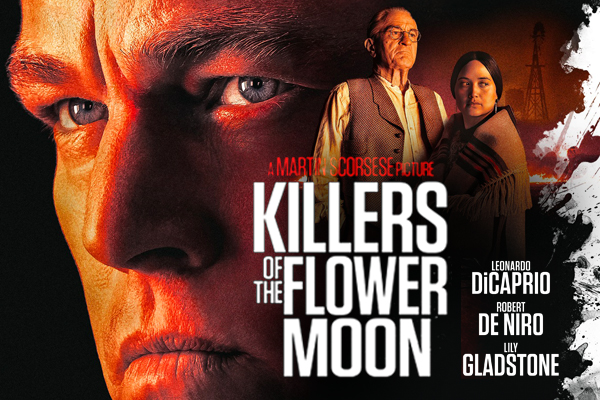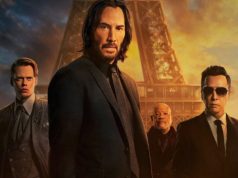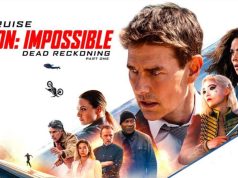Martin Scorsese’s “Killers of the Flower Moon” marks a return to grand, character-driven epics. Adapted from David Grann’s best-selling book, the film delves into a dark chapter in American history: the Osage murders of the 1920s, featuring an all-star cast led by Leonardo DiCaprio and Robert De Niro. Scorsese crafts a tense, meticulous crime drama that weaves greed, betrayal, and systemic injustice into nearly three and a half hours of immersive storytelling.
Plot Overview
Set against the backdrop of Oklahoma’s oil boom, the Osage Nation becomes inexplicably wealthy after striking oil under their land. As the Osage enjoy their newfound fortune, a string of mysterious deaths draws the attention of the newly formed FBI. Special Agent Tom White (Jesse Plemons) arrives to investigate, uncovering a vast conspiracy orchestrated by white settlers bent on seizing Osage wealth. Central to the scheme is Ernest Burkhart (Leonardo DiCaprio), whose loyalty is torn between his uncle William Hale (Robert De Niro) and his Osage wife Mollie (Lily Gladstone).
Direction & Cinematography
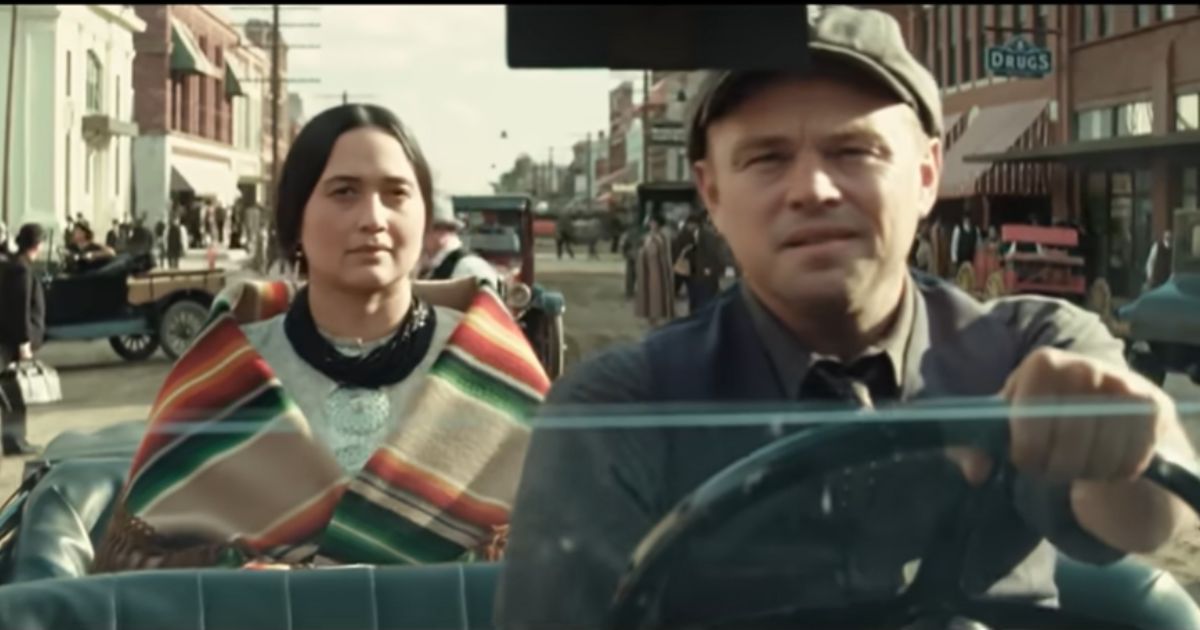
Scorsese’s direction is both patient and precise. He paces the film deliberately, allowing tension to mount as the murder plot unravels. Some viewers may find the lengthy runtime challenging, but each scene deepens our understanding of the characters and the era. Cinematographer Rodrigo Prieto captures vast oil fields and intimate domestic spaces with equal care, using a muted palette that underscores the film’s moral gloom. Sweeping aerial shots of derricks convey the scale of the oil frenzy, while close-ups reveal the characters’ inner turmoil.
Standout Performances
Leonardo DiCaprio delivers one of his most nuanced performances to date. As Ernest Burkhart, he balances ambition, guilt, and genuine affection for his wife. DiCaprio’s gradual descent into moral compromise feels both heartbreaking and terrifying. Robert De Niro, as the manipulative William Hale, is chillingly restrained. He conveys menace with a quiet stare, proving that he remains a master of underplayed villainy. Lily Gladstone shines as Mollie Burkhart, anchoring the narrative with quiet dignity and emotional depth. Among the supporting cast, Jesse Plemons brings empathy and determination to Agent Tom White, while Tantoo Cardinal and Cara Jade Myers add authenticity and strength as Osage family members.
Screenplay & Themes
Eric Roth and Scorsese’s screenplay adapts Grann’s investigative narrative into a layered drama about exploitation and identity. Themes of systemic racism, the corrupting power of money, and the resilience of a marginalized community resonate throughout. Dialogue is sparse but pointed; silences often speak louder than words. The film interrogates how legal systems facilitated atrocity under the guise of guardianship. Scenes depicting Osage probate court hearings are both bureaucratic and horrifying, as they reveal how the law was weaponized against the very people it claimed to protect.
Historical Context
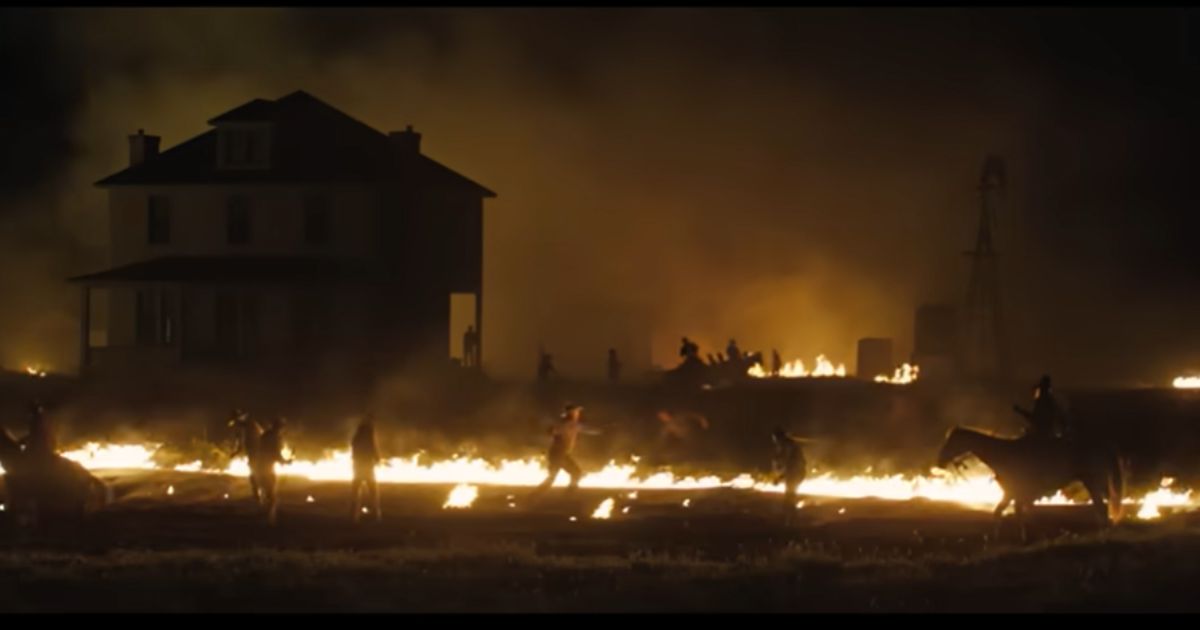
Scorsese pays meticulous attention to historical detail. Costumes, set design, and period-accurate vernacular transport audiences to the 1920s. The film doesn’t shy away from depicting the brutality faced by the Osage Nation. A historian’s cameo as a coroner serves as a chilling reminder of how official channels dismissed the deaths as mere accidents. Viewers unfamiliar with this chapter of American history may be shocked to learn that these events inspired the creation of the FBI. The film thereby highlights the paradox of an institution founded to investigate injustice while the injustice it investigated stemmed from entrenched power structures of white supremacy.
Pacing & Editing
Editor Thelma Schoonmaker, a longtime Scorsese collaborator, shapes the film’s sprawling timeline into a coherent narrative. While some sequences feel deliberate to the point of languid—especially early scenes establishing the Osage community—the momentum builds steadily as the murder conspiracy comes into focus. Schoonmaker intercuts the investigators’ discoveries with mounting tension in the Burkhart household, creating a dual narrative that culminates in a gripping, tragic denouement. The pacing will test viewers’ patience but ultimately rewards attentiveness with a powerful emotional payoff.
Sound & Score
Robbie Robertson’s score complements the film’s period atmosphere with a blend of orchestral and folk-infused themes. Sparse percussion underscores moments of dread, while strings swell during emotional revelations. Ambient sound design—whistling wind across oil fields, rumbling machinery, hushed courtroom chatter—immerses the audience in the setting. Sound becomes a storytelling tool, heightening suspense during murder nights and lending authenticity to everyday Osage life.
Comparisons & Critique
Compared to Scorsese’s other epics, such as “Gangs of New York” or “The Irishman,” “Killers of the Flower Moon” feels more restrained yet thematically weighty. The film’s moral center lies not in antiheroes chasing thrills, but in a community fighting for justice. Some viewers may find the absence of Scorsese’s trademark camera flourishes surprising, but the director’s focus on character and history is unmistakable. A few narrative threads—particularly involving secondary Osage characters—deserve more screen time, yet the core story remains compelling from start to finish.
Conclusion & Rating
“Killers of the Flower Moon” stands as one of Scorsese’s most ambitious works in years. Anchored by powerhouse performances from Leonardo DiCaprio, Robert De Niro, and Lily Gladstone, the film confronts a harrowing true story with unflinching honesty. Its deliberate pacing and lengthy runtime may divide audiences, but the emotional and historical depth make it a must-see epic. Overall, I give the film 4.5 out of 5 stars for its masterful direction, haunting score, and the importance of bringing this overlooked chapter of American history to light.
Rating: 4.5/5
For Further Reading, explore Dune Part Two Movie Review: Arrakis Unleashed in Spectacular Sequel

